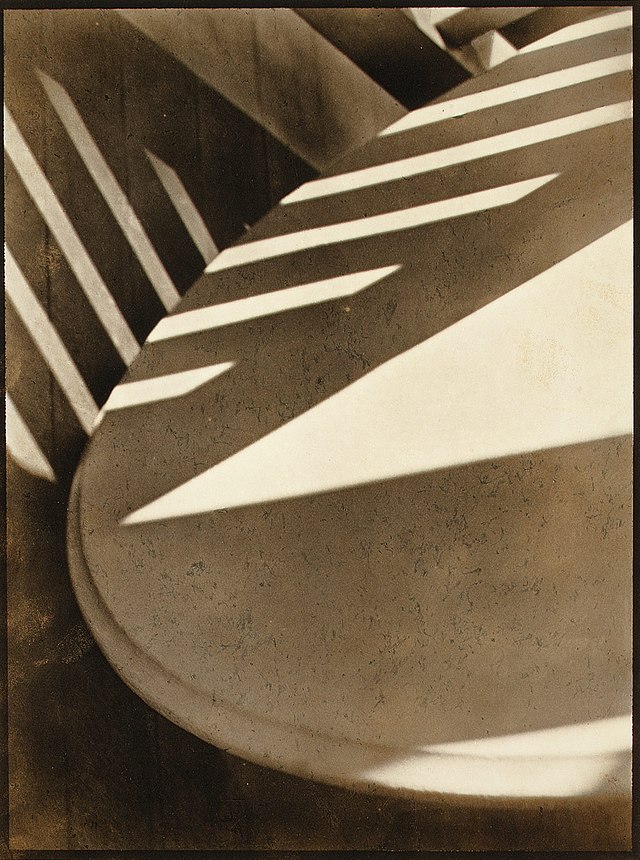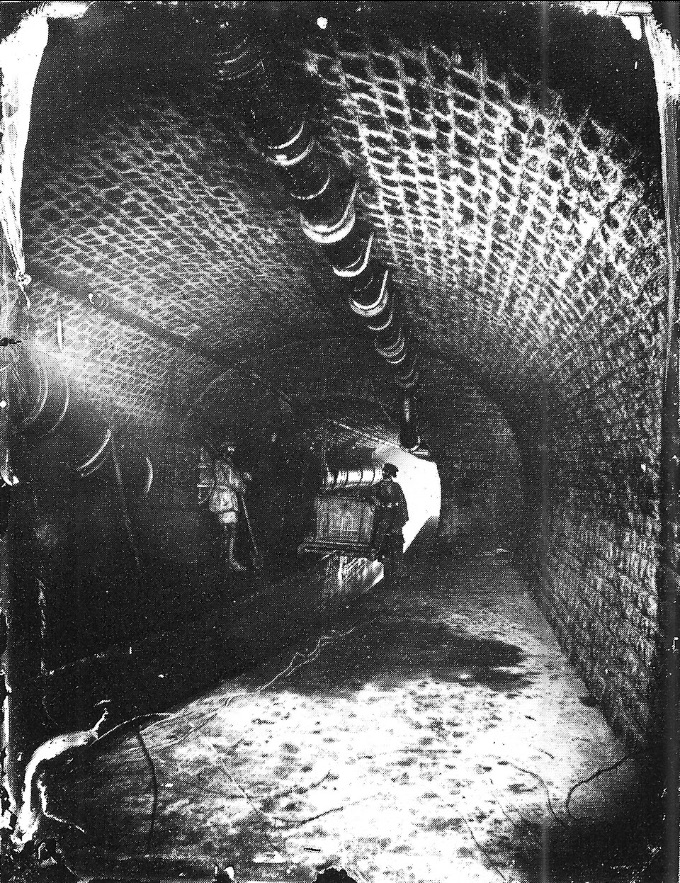April 18, 2025
Habitat
'On a porch, inside can feel like it’s outside.'

Abstraction, Porch Shadows (1916) by Paul Strand. This image is is considered one of the first abstract photographs ever made.
Here in Greenfield, it’s almost porch season. I spend much of the summer working from our front porch, and most evenings, one or more neighbor households can be found out on theirs.
Architect and writer, Charlie Hailey, has been exploring what it means to “think like a porch”—to think in the space between the natural and the human. He cites composer John Cage, who once said that progress in art “may be listening to nature.” Cage believed the porch was an ideal place for this: where we can hear nature’s symphony and then breathe our own masterpieces into the air.
“Can we play our porches like instruments?” Hailey asks. “Can we listen to—and learn from—nature?”
That kind of listening takes practice. Porches are good for that too. Charles Mingus played his bass all day from a porch in Los Angeles. Photographer Paul Strand studied the shifting shadows on his porch in Connecticut. And writer Marjorie Kinnan Rawlings wrote on her veranda not far from where Hailey lives in Florida.
He concludes that “thinking like a porch” means reimagining how we build and live in our spaces—with attention to repair, sustainability, and deeper connection to the world around us. The porch, as a threshold, invites us to witness, respond to, and help mend our relationship with nature.
ARTICLE: A Case for the Porch
Home



